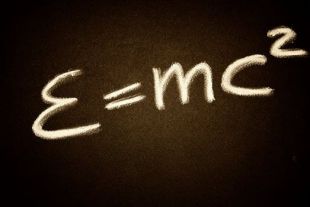- Adding and Subtracting of Algebraic Expressions
- Multiplication of Algebraic Expressions
- Division of Algebraic Expressions
Adding and Subtracting Terms
Simplify 13x + 7y − 2x + 6a
13x + 7y − 2x + 6a
The only like terms in this expression are and . We cannot do anything with the or .
So we group together the terms we can subtract, and just leave the rest:
The only like terms in this expression are and . We cannot do anything with the or .
So we group together the terms we can subtract, and just leave the rest:
(13x − 2x) + 6a + 7yWe usually present our variables in alphabetical order, but it is not essential.
= 6a + 11x + 7y
Important note: We can only add or subtract like terms.
Why? Think of it like this.
- On a table we have 4 pencils and 2 books.
- We cannot add the 4 pencils to the 2 books because they are not the same kind of object.
- While, we go get another 3 pencils and 6 books.
- Altogether we now have 7 pencils and 8 books.
- We can't combine these quantities, since they are different types of objects.
Similarly with algebra, we can only add (or subtract) similar "objects", or those with the same letter raised to the same power.
Multiplication of Algebraic Expressions

Einstein's famous equation involves multiplying algebraic terms
When we multiply algebraic expressions, we need to remember the index law from the Numbers chapter.
Let's see how algebra multiplication works with a series of examples.
EXAMPLE 1:
Multiply (x + 5)(a − 6)
We multiply this out as follows. We take each term of the first bracket and multiply them by the second bracket. Then we expand out the result.
(x + 5)(a − 6)We cannot do any more with this answer. There are no like terms, so we cannot simplify it in any way.
= x(a − 6) + 5(a − 6)
= ax − 6x + 5a − 30
EXAMPLE 2:
Multiply
= (x − 3)(x − 3)
= x(x − 3) − 3(x − 3)
= x2 − 3x − 3x + 9
= x2 − 6x + 9
= x(x − 3) − 3(x − 3)
= x2 − 3x − 3x + 9
= x2 − 6x + 9
Important Note:
is NOT equal to
Please take note of this! Many students confuse this idea and it's not surprising because sometimes the way we write math is not consistent.
Division of Algebraic Expressions
EXAMPLE:
Simplify
First, we multiply out the top line:
When we write it out in full, this means
Next, cancel the numbers top and bottom (we divide top and bottom by ), the "a" terms (we cancel from top and bottom) and the "b" terms (we cancel from top and bottom) to give us the final answer:

Amazing explanation👍 It helps me a lot!
ReplyDelete